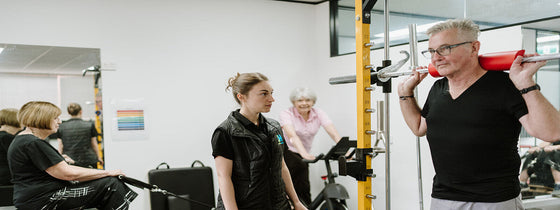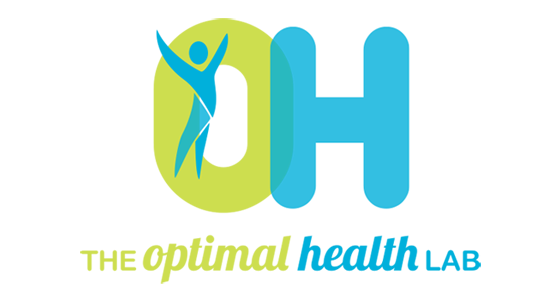
September 25, 2018
It's true that as we age our chance of having a fall increases, so what can we do about this?
Fundamentally no matter who you are and what age you are a fall happens when there is a challenge to our balance or strength that is greater than our ability to stay upright.
Falls are usually caused by an interaction of a number of risk factors and the more risk factors you have, the greater the likelihood of falling. Preventing a fall is about recognising your risks and where possible taking action to reduce it.
So what are risk factors for falls?
The good thing about this is that most of these factors can be managed and risky situations can be prevented or avoided. A personalised approach is best and at The Optimal health Lab our team can help you take action to reduce / manage many of these risk factors. So, let’s take some positive steps and stay upright!
Also, coming soon are some specific classes to approach this tricky matter… Stay tuned on the Strength Lab timetable!!

August 14, 2025
If you're experiencing back or neck pain with neurological signs and symptoms, a thorough neurological examination is crucial for accurate assessment and effective treatment. In this Optimal Tip learn more about what we mean by completing a neurological exam!

August 08, 2025
Squats, deadlifts, and calf raises are key movement patterns that should be part of every strength and conditioning program—regardless of age and activity level. These functional movements support joint health, improve posture and balance, and reduce the risk of injury while building strength where it matters most.

August 04, 2025
A ganglion cyst is a fluid-filled swelling that typically forms over a joint or tendon sheath, causing discomfort and pain, especially when pressing against nerves or joints. Proper assessment and treatment, including physiotherapy, are essential for managing symptoms and improving function in the presence of a ganglion in your hand, foot, or wrist.
